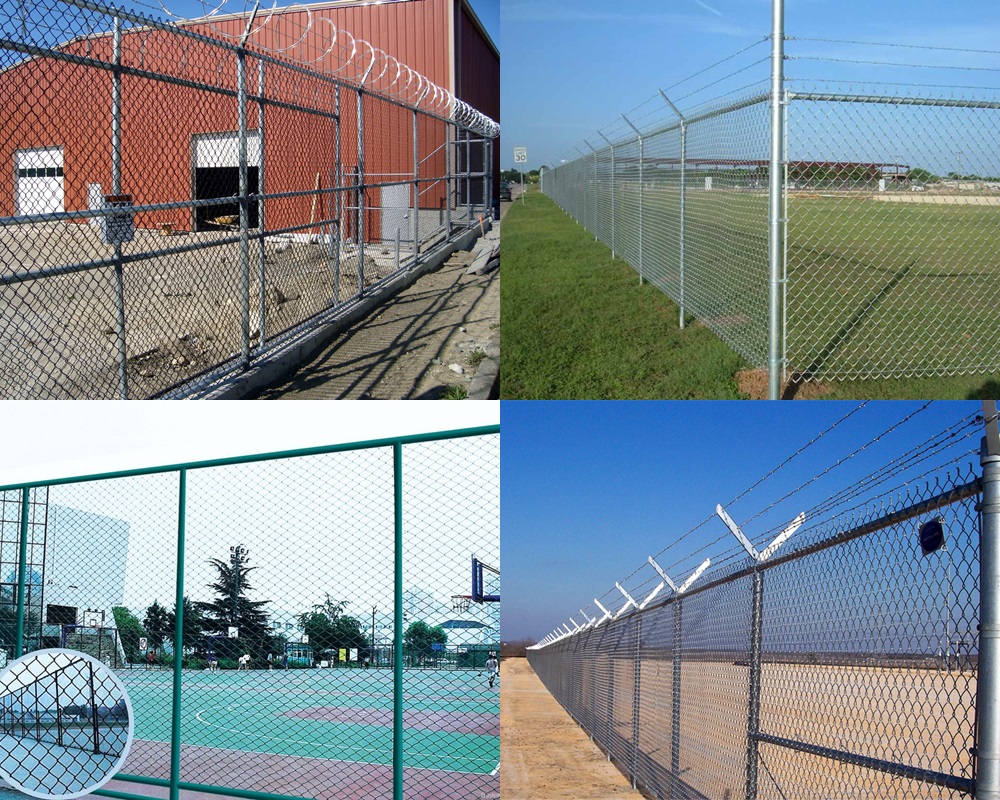Oct . 31, 2024 09:32 Back to list
scaffold board
Understanding Scaffold Boards Essential Components in Construction
Scaffold boards are fundamental elements in the construction industry, playing a crucial role in the safety and efficiency of building projects. As temporary structures that support workers and materials, scaffold boards provide a safe platform for those involved in construction activities. This article explores the significance, types, materials, and safety considerations associated with scaffold boards.
The Importance of Scaffold Boards
In construction and maintenance, scaffold boards offer essential support at varying heights, ensuring that workers can carry out their tasks without the risks associated with working at elevation. They provide a stable, flat surface for tradespeople to move, store tools, and perform their duties effectively. Without these boards, construction sites would face increased hazards, potentially leading to accidents and injuries.
Types of Scaffold Boards
There are several types of scaffold boards, each tailored to specific requirements and working conditions
. The most common types are1. Timber Scaffold Boards Traditionally made from wood, these boards are known for their strength and easy availability. Timber boards are often treated for weather resistance to prolong their lifespan. However, they require regular inspections to ensure they are free from deformation, splinters, or decay.
2. Metal Scaffold Boards Increasingly popular due to their durability and load-bearing capacity, metal boards are typically made from aluminum or steel. They are less prone to damage and provide a longer lifespan than timber boards. Metal boards also offer more stability, which is vital for high-rise constructions.
scaffold board

3. Composite Scaffold Boards These boards combine materials like plastic and metal to create a lightweight yet robust platform. Composite boards are resistant to weather conditions and do not rot or corrode, making them an excellent choice for diverse environments.
Safety Considerations
While scaffold boards offer significant benefits, ensuring their safe use is paramount. Regular inspections should be conducted to identify any signs of wear and tear. Boards that show cracks, warping, or other forms of damage should be removed from service immediately to prevent accidents.
The proper installation of scaffold boards is equally important. They should be laid flat and secured adequately to prevent slipping or shifting during use. Users must ensure that the boards are compatible with the scaffold system being employed, adhering to load capacity guidelines provided by manufacturers.
Training and education on the proper use of scaffold boards also play a crucial role in safety. Workers should be well-informed about the potential hazards and the best practices for setting up and using scaffolding systems effectively.
Conclusion
Scaffold boards may seem like simple components in the construction process, but their role is vital for the safety and efficiency of any project. Whether constructed from timber, metal, or composite materials, these boards facilitate a secure working environment at heights. By prioritizing proper maintenance, installation, and user education, the construction industry can continue to rely on scaffold boards as a trusted means to support construction activities while mitigating risks.
-
Hop Dipped Galvanized/PVC Coated Temporary Fence - Anping County Xingzhi Metal Wiremesh Products Co., Ltd.|Temporary Fencing Solutions, Durable Security Products
NewsJul.30,2025
-
Hop Dipped Galvanized/PVC Coated Temporary Fence-Anping Xingzhi|Durability&Cost-Effective
NewsJul.30,2025
-
Hop-Dipped Galvanized PVC Fence - Anping Xingzhi | Durable, Quick Deployment
NewsJul.30,2025
-
Hop Dipped Galvanized/PVC Coated Temporary Fence - Anping County Xingzhi|Temporary Fencing, Durable Security, Customization
NewsJul.30,2025
-
Hop Dipped Galvanized PVC Coated Temporary Fences - Anping County Xingzhi|Durable Corrosion Resistance, Quick Installation
NewsJul.30,2025
-
Hop Dipped Galvanized / PVC Coated Temporary Fence - Anping County Xingzhi Metal Wiremesh Products Co., Ltd|Durable Temporary Fencing&Versatile Applications
NewsJul.30,2025



